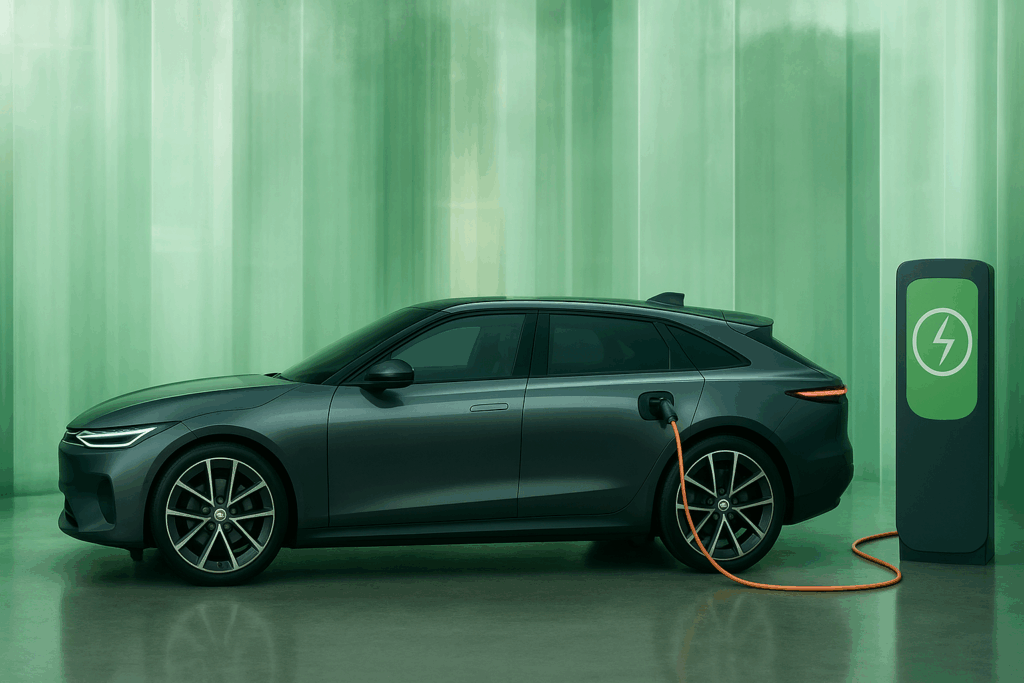
According to a new report from Autocar, the next-gen Range Rover Velar is set for a major transformation next year, shifting to a fully electric setup and embracing a dramatically different body design that moves away from its traditional SUV form.
Its debut is expected shortly after the electric Range Rover and Range Rover Sport models hit the market. However, while those two will remain visually close to their petrol and diesel counterparts, the Velar will take a new direction, blending sleek cues from saloons and shooting brakes with some classic SUV stature.
Development of the new Velar is well underway globally, and camouflaged prototypes suggest that it has grown in size, particularly in length. This is likely a strategic move to create a more defined gap between it and both the Evoque and Range Rover Sport, and perhaps to allow for a third row of seats.
The prototypes also appear to sit lower to the ground, reinforcing the idea that this will be the most road-oriented model in the 4×4 lineup.
Before the rollout of JLR’s ‘Reimagine’ strategy, the company was reportedly working on a low-slung electric model called the ‘Road Rover’, which was designed to compete with the likes of the Mercedes S-Class and BMW 7 Series, though with added off-road credentials. That plan was paused after Jaguar shelved the electric XJ, but the new Velar seems to inherit the same forward-thinking philosophy.
The second-generation Velar will not only look radically different but will also be built on an entirely new foundation. It will be the first vehicle to use JLR’s EMA platform which is a 800V architecture designed specifically for electric crossovers. This new platform will also support the next-generation Evoque and the upcoming compact Defender model, informally referred to as the ‘Defender Sport’. All three will likely be produced at the updated Halewood plant in Merseyside, which is undergoing a £500 million revamp to handle electric, hybrid, and combustion models.
While technical specifications are still under wraps, the new platform will feature next-gen electric motors developed in-house and batteries sourced from Tata’s Agratas facility in Somerset.
The launch strategy seems to prioritise the Velar EV first, though the option for a future combustion-powered version remains on the table. Last year, JLR confirmed increased investment in plug-in hybrid technology due to an unexpected spike in consumer demand, though it hasn’t confirmed if the EMA platform will be compatible with such systems.
There’s no official reveal date yet, but JLR CEO Adrian Mardell has indicated the first EMA-based model should arrive in about a year.
“We’ll first have MLA BEV with the Range Rover EV later [in 2025]. Then it’s the first vehicle off EMA, which will probably be springtime in 2026. Jaguar [the production version of the super-GT concept] will be after that,” Mardell said.

